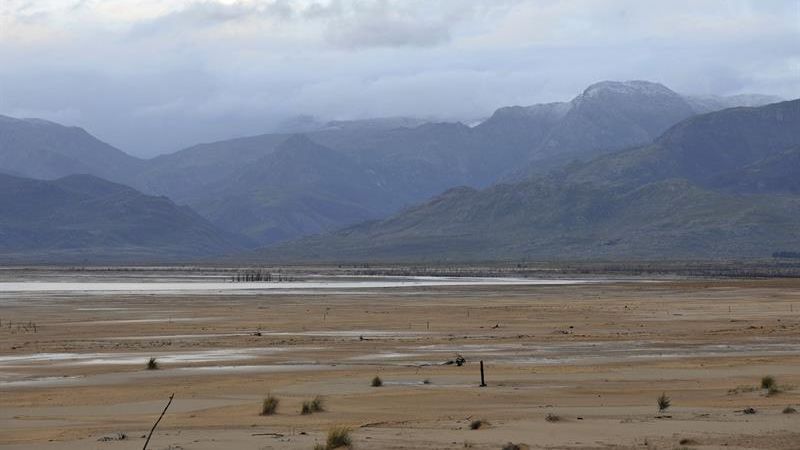New Hope School, a beacon of hope and education for children with special needs in Pretoria, is set to receive a generous donation of…
Cape Town’s dams are just 29.4% full, but we’re using a lot less water

Cape Town is getting drier, but you probably didn’t need me to tell you that. Instead, let’s look at the City’s latest dam report.
Dated 12 February, this report isn’t steeped in positive information. In fact, you have to drill deep down to find some semblance of comfort.
You will be happy to know, Cape Town, that average daily water consumption has plummeted yet again. Water drawn from the “Big Six” dams decreased once again, this time below the 500-million litres per day mark to 493-million.
Overall, consumption from the City’s 14 dams amounts to 526-million litres per day — another new record low since 2013. It’s also the closest the city has got to local government’s 450-million litres per day target.
The City of Cape Town, for some unknown reason, has declined to state the percentage of water consumption used by agriculture, the city itself, and smaller towns surrounding.
Dam levels however also continue to drop, but their decline has slowed noticeably. Overall, Cape Town’s dams are 0.1% less than a quarter full, down by 0.6% over the previous week.
Cape Town’s largest dam is now just 12% full
Individually, all six dams experienced losses this week.
The Theewaterskloof Dam holds just 12% of its possible storage capacity, down 0.5% over the previous week. At present consumption, it has just over four weeks’ worth of usable water remaining. The 2mm of rain which fell over the dam on Saturday did very little to the enormous reservoir.
The Voelvlei Dam also dropped slightly this week, despite receiving more than February’s average monthly rainfall amount in a single day this past weekend. It fell by 0.3% to 17.3%.
Still doing remarkably well though is the Berg River Dam. It still holds the most water of all dams in the system, and more than what it had in both 2017 and 2016. It’s down just 0.1% to 53.4%, likely due to the aforementioned rain.
Both Steenbras dams are down, with the Lower dam dropping 3.4% to 40.8%, and the Upper dam dropping by just 0.7% to 81.5%.
Finally, the Wemmershoek Dam dropped to 49%, losing more than than 3% of its reserves within the past two weeks — this after spending most of December and January in the 52% full range. The dam’s catchment area however did receive 6.1mm of rain over the weekend.
Dam levels are also down across the Western Cape, with the average storage level standing at 23.7% as of 7 February.
Feature image: City of Cape Town


